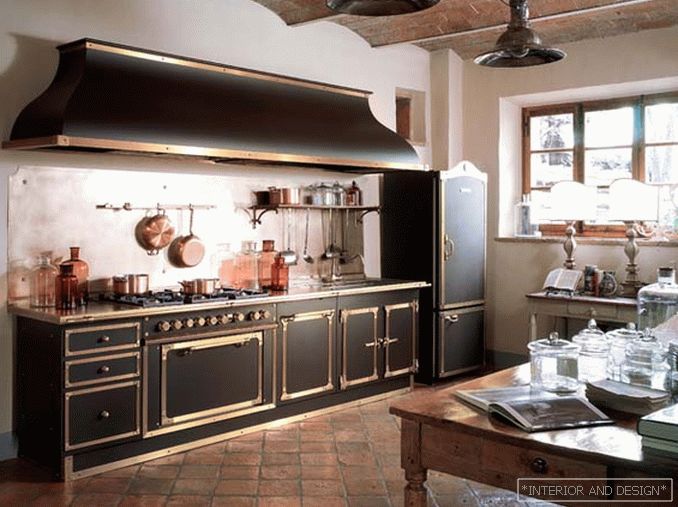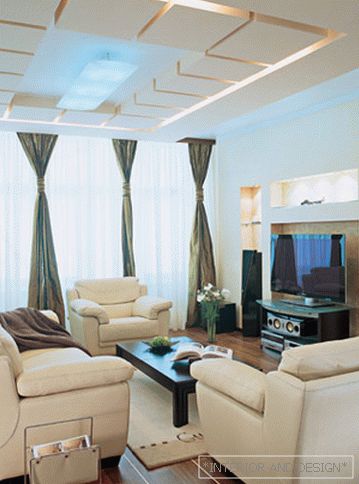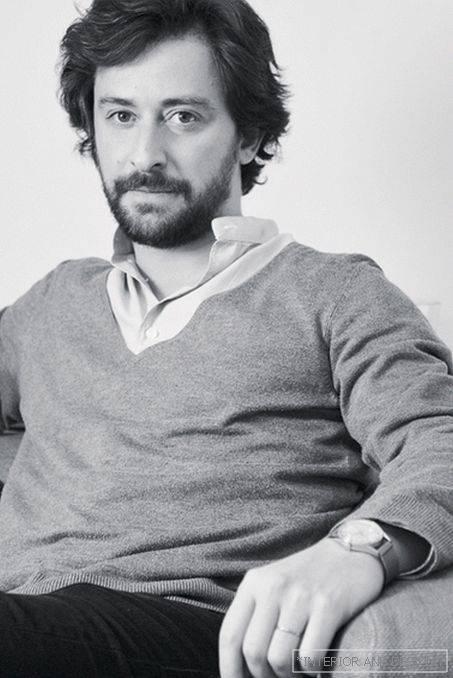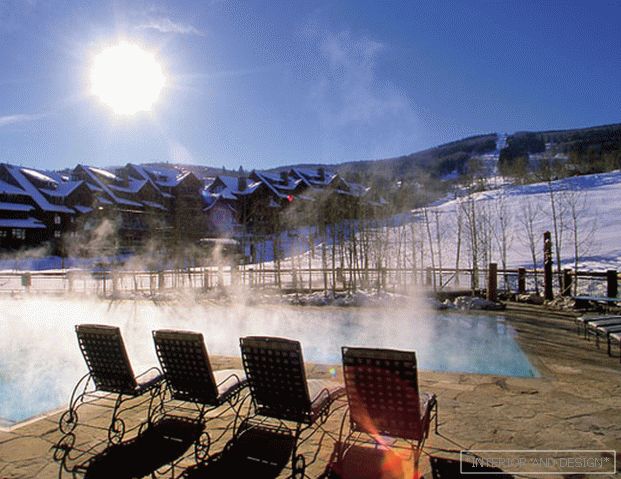The Florentine company Officine Gullo is famous for its unique cuisines, because it has managed to organically combine the past and the present in them. She equated the production process to the art craft, and technical execution - to engineering science. As a result, metal kitchens find supporters among both aesthetes and chefs.
 Passing the gallery
Passing the gallery Text and photo: Elena Efremova
A photo: - press services
Magazine: (185) 2013
It all started with one unusual purchase. 17 years ago, the current owner and founder of the workshop, Carmello Gullo, was invited to look at the old kitchen made by the Florentine factory MASSETANI in about 1860. It was a well-preserved example of the XIX century, made in the tradition of the cuisine of the Renaissance. According to Carmello, what he saw turned his mind: he understood how the kitchens he produced should look like. In memory of this event, the antique beauty took her place in the showroom of the factory next to the samples of the models currently being produced. The charm and beauty of its details, which are both functional elements and decoration, have been transferred from the historical prototype to the new model range. They are born in the furnaces of the workshop using old forms and the method of "lost" wax — the most complex and prestigious method of smelting, which today is used only when creating works of art. With the help of a pliable wax model, a clay mold with two holes is made. In the process of heating the wax flows out, and molten metal, bronze or brass takes its place. Cases, drawers and shelves of modern kitchens are made of stainless steel, but before that, the architects of the company design them on paper, adapting them to the space of a particular house and adding the necessary details as desired by the customer. And only after that in the workshop they begin to cut, perforate, bend metal plates. The next step is the welding process. It is then that the kitchen gets its appearance, and you can appreciate its harmony and literacy assembly. The final stage is painting. It is carried out by applying a powder with colored pigment and baking in the oven to fix it. Brass details of finishing are subjected to similar processing, after which they acquire a polished look and an aging effect. An important distinguishing point is the fact that the kitchen modules OFFICINE GULLO produce as before a single unit with a hob, oven and sink. In order to make cooking better, the factory began producing copper cookware. With its help, you can feel the real taste of products, as the medieval knights and their beautiful ladies knew him.



